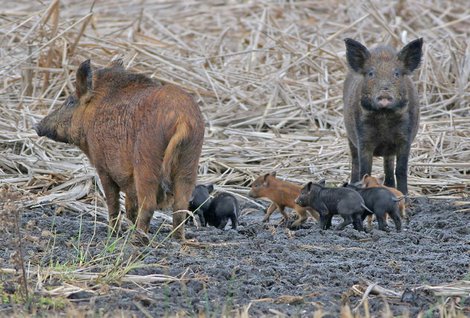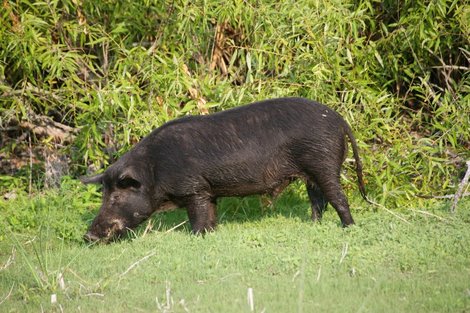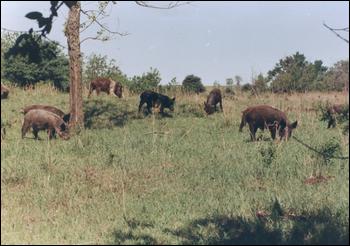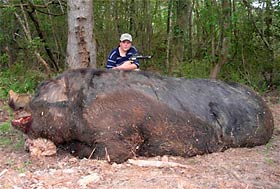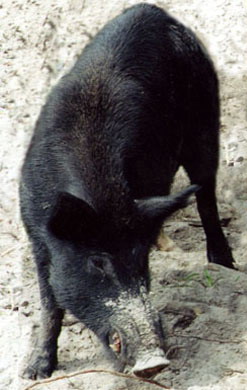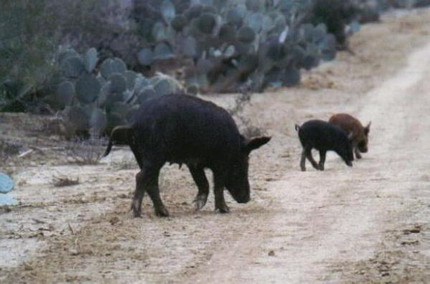Hogs are not native to Texas. In fact, they are not even native to the United States. As such, all hogs found in Texas are the results of either escaped and released domestic hogs. These domestic hogs gone wild are referred to as “feral.” Although they can be fun to hunt, feral hogs cause large amounts of damage, particularly to Texas’ watersheds.
The latest research shows that this exotic non-native mammal causes somewhere around $52 million worth of agricultural damage on an annual basis in Texas. This includes farming and ranching damages. Additionally, it is believed that feral hogs negatively influence water quality in almost every watershed throughout the state. Continue reading Feral Hogs Impair Texas’ Watersheds
